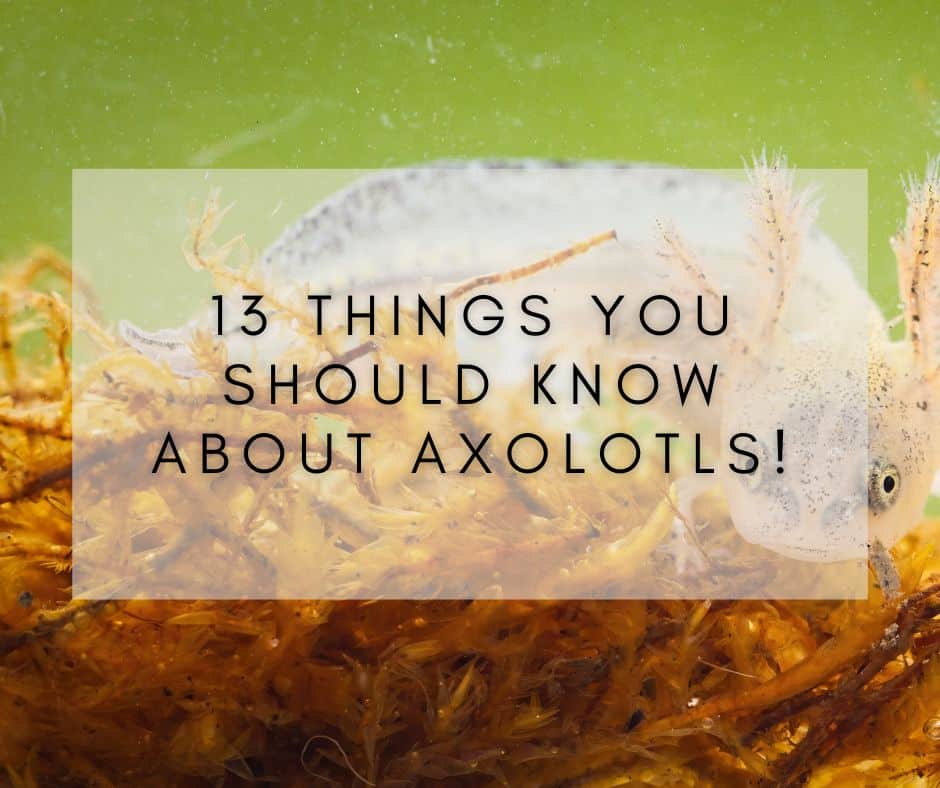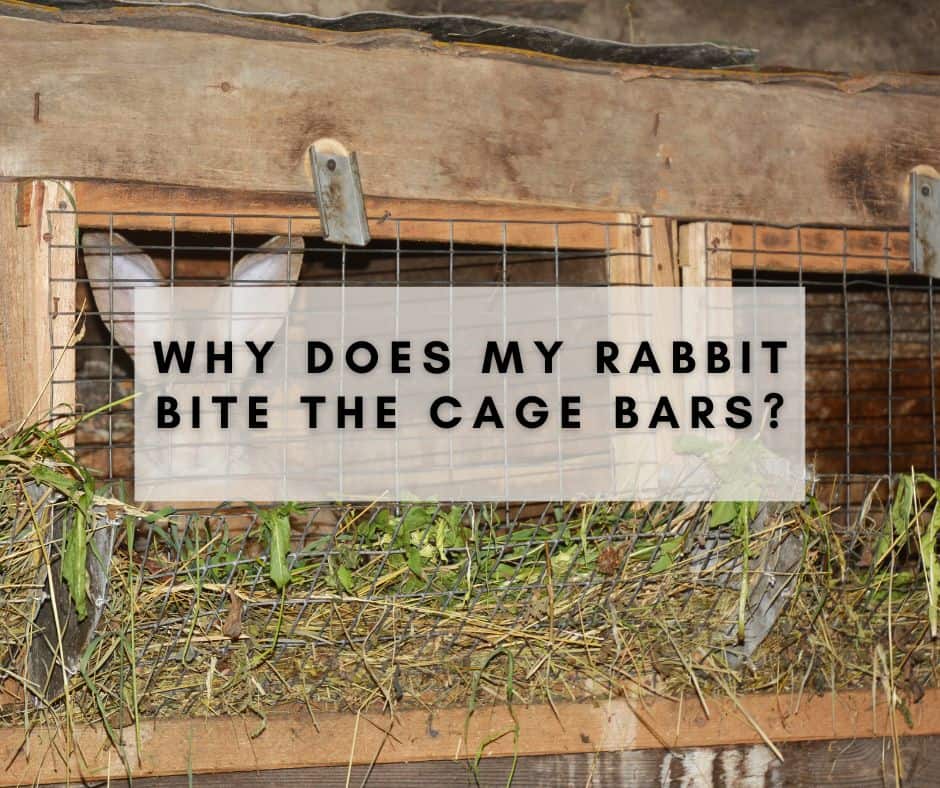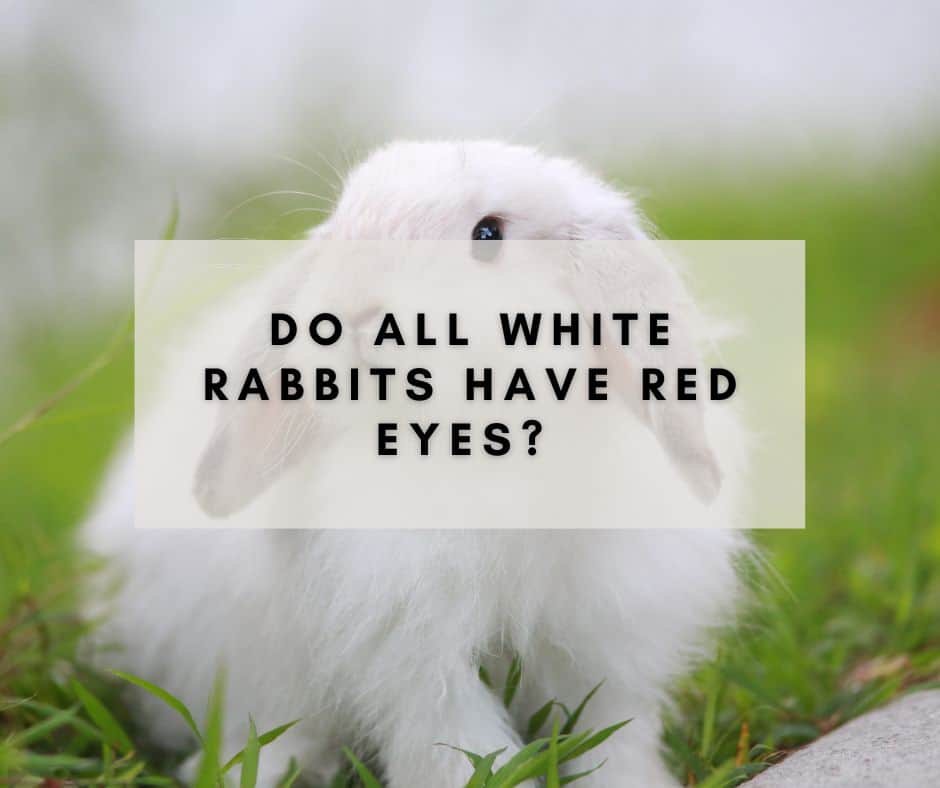Welcome to the enchanting world of axolotls, where nature showcases its extraordinary wonders. These captivating creatures have been making waves in the pet world, capturing the hearts of enthusiasts and curious minds alike.
Prepare to embark on an adventure as we delve into the secrets and quirks of axolotls. Brace yourself for an informative and delightful journey through the 13 things you should know about these remarkable aquatic beings.
Contents
- 1 What are Axolotls?
- 2 The Mexican Marvel: Natural Habitat
- 3 Forever Young: The Amazing Regeneration Ability
- 4 Can Axolotls Regrow More than Just Limbs?
- 5 The Ambassadors of Neoteny: Axolotls in Their Juvenile Form
- 6 Neoteny and The Advantages It Comes With
- 7 Master of Disguise: Axolotls and Camouflage
- 8 Aquatic Appetite: Axolotls’ Diet
- 9 Breeding Behavior: The Art of Courtship
- 10 Laying and Hatching the Eggs
- 11 Home for Axolotls: Tank Setup and Maintenance
- 12 Common Health Issues: Keeping Your Axolotl Happy and Healthy
- 13 Social Creatures: Axolotls as Community Pets
- 14 Legal Considerations: Axolotl Ownership and Conservation
- 15 Axolotl Fun Facts: Quirky Trivia to Impress Your Friends
- 16 Conclusion: Unlocking the Enigma of Axolotls
What are Axolotls?
Axolotls, scientifically known as Ambystoma mexicanum, are a species of salamander native to the ancient waterways of Mexico. These fascinating creatures have unique characteristics that set them apart from other amphibians.
With their endearing smiles, fringed gills, and stubby limbs, axolotls have earned the nickname “Mexican walking fish” or “water monster.”
The Mexican Marvel: Natural Habitat
Imagine a lush and vibrant world nestled in the heart of Mexico—the natural habitat of axolotls. These captivating creatures reside in freshwater bodies such as lakes, ponds, and canals.
Their preferred home is Xochimilco, a series of ancient canals and lakes near Mexico City, where they can thrive in nutrient-rich waters.
Forever Young: The Amazing Regeneration Ability
Prepare to be awe-inspired by one of nature’s most remarkable superpowers possessed by axolotls—their astonishing ability to regenerate. While many animals have some capacity for regeneration, axolotls take it to a whole new level.
If an axolotl loses a limb due to injury or predation, it doesn’t simply accept its fate. Instead, it embarks on a journey of regrowth that would make even the most skilled surgeons envious. Within weeks, a process called epimorphic regeneration begins, where specialized cells at the site of the injury are reactivated and triggered to transform into the necessary tissues to form a new limb.
Axolotls possess a unique cellular structure that enables this regenerative marvel. While other animals, including humans, form scar tissue to close wounds, axolotls avoid scarring altogether. Instead, their cells undergo a process called dedifferentiation, reverting to a less specialized state that allows them to divide and proliferate rapidly.
As the cells multiply and differentiate, a regenerative blastema form—a mass of undifferentiated cells that will develop into the missing limb. This blastema acts as a biological blueprint, orchestrating the precise reconstruction of bones, muscles, blood vessels, and nerves. In a matter of weeks or months, the axolotl’s new limb is fully regenerated, often indistinguishable from the original one.
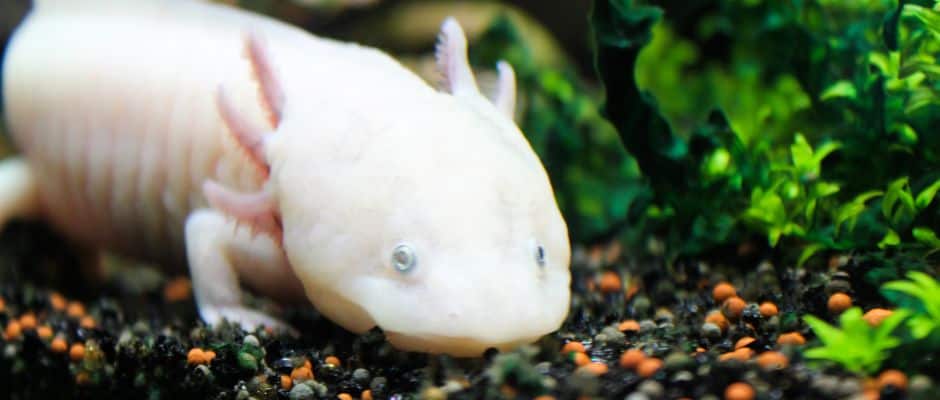
Can Axolotls Regrow More than Just Limbs?
But the regenerative magic of axolotls doesn’t stop at limbs. They can also regenerate other body parts, such as their spinal cord, heart, and even parts of their brain. This extraordinary ability has captivated scientists for decades, as they explore the underlying mechanisms that enable such unparalleled regrowth.
Researchers study axolotls in the hope of unlocking the secrets of regeneration, with potential applications in regenerative medicine for humans. By understanding the molecular and genetic factors that drive axolotls’ regenerative prowess, scientists aim to develop new therapies for injuries and diseases that currently have limited treatment options.
The axolotl’s remarkable regenerative ability serves as a testament to the incredible resilience and adaptability of life. It is a reminder that nature’s capacity for healing and renewal goes far beyond what our human minds can comprehend. The axolotl stands as a symbol of hope and inspiration, inviting us to marvel at the wonders of the natural world and the extraordinary possibilities that lie within it.
The Ambassadors of Neoteny: Axolotls in Their Juvenile Form
Enter the enchanting realm of neoteny, where axolotls reign as true ambassadors. Unlike most amphibians, which undergo metamorphosis from their larval form to adulthood, axolotls retain their juvenile features throughout their lives. This phenomenon is known as neoteny, and it grants axolotls a unique and endearing charm.
At first glance, you may mistake an axolotl for a permanent larva. They possess a set of captivating characteristics that set them apart. One of the most striking features is their external gills, delicate fringed structures that extend from the sides of their heads. These gills, which resemble intricate feathery adornments, serve as respiratory organs, allowing axolotls to extract oxygen from the water they inhabit.
Their plump and round bodies add to their youthful appearance. Axolotls typically grow to a size of about 9-12 inches (23-30 cm) in length, with some exceptional individuals reaching even larger dimensions. Their skin, which can range from earthy tones to vibrant hues, is adorned with scattered spots or patterns, making each axolotl a unique work of art.
Neoteny and The Advantages It Comes With
Neoteny has its advantages. By retaining their juvenile form, axolotls avoid the arduous metamorphic process, maintaining their aquatic lifestyle and remaining permanently gilled. This adaptation allows them to thrive in their natural habitats, as they do not need to transition to a terrestrial environment like other amphibians. Instead, they gracefully navigate the waterways, perfectly suited for a life submerged in tranquility.
Axolotls’ neotenic nature also extends to their behavior. They retain their playful and curious disposition, exhibiting a sense of eternal youthfulness. Observing them as they gracefully glide through their aquatic realm, exploring their surroundings and investigating every nook and cranny, is a joy to behold. Their endearing smile-like expression, with their mouths, turned upward seems to capture the essence of their perpetual happiness.
Master of Disguise: Axolotls and Camouflage
Dive into the hidden world where axolotls reside—a realm of serene waters and lush vegetation known as the Xochimilco canals and lakes in Mexico. This captivating natural habitat provides the ideal conditions for axolotls to thrive and showcases the intrinsic beauty of their aquatic sanctuary.
Xochimilco, a UNESCO World Heritage Site, is a network of ancient canals and interconnected lakes located in the southern part of Mexico City. The name “Xochimilco” translates to “the place of the flower fields,” a fitting description of the vibrant flora that blankets the surrounding landscape.
Within this aquatic wonderland, axolotls find refuge among the dense vegetation, including water lilies, reeds, and various submerged plants. These plants not only provide shelter and hiding spots for the axolotls but also contribute to the oxygenation of the water, creating a harmonious ecosystem.
The canals and lakes of Xochimilco possess a mystical charm, with their calm, crystal-clear waters reflecting the lush greenery that encircles them. The gentle flow of the canals offers a tranquil environment, perfect for the leisurely movements of the axolotls as they gracefully glide through the water.
Water Temperature Makes a Difference
The water temperature in Xochimilco remains relatively stable throughout the year, ranging between 60°F to 68°F (15°C to 20°C). This cool and refreshing environment suits the axolotls’ preference for cooler waters, ensuring their comfort and well-being.
Beyond their natural habitat, axolotls play a vital role in the delicate balance of the Xochimilco ecosystem. They are considered a keystone species, exerting significant influence on their environment. Axolotls feed on various prey, including small fish, insects, and crustaceans, regulating the populations of these organisms and contributing to the overall ecological equilibrium.
Unfortunately, the natural habitat of axolotls in Xochimilco faces challenges and threats. Urban development, pollution, and the introduction of non-native species pose risks to the delicate balance of this unique ecosystem. Conservation efforts are crucial to protect the pristine beauty of Xochimilco and ensure the long-term survival of the axolotls in their natural home.
Exploring the hidden world of Xochimilco is an invitation to immerse oneself in the captivating realm that has shaped the evolution and existence of axolotls. It reminds us of the fragile interconnectedness of nature and the importance of preserving these precious habitats that harbor wonders beyond our imagination.
Aquatic Appetite: Axolotls’ Diet
Prepare to uncover the culinary preferences of axolotls! These aquatic creatures are not picky eaters. In their natural habitat, they indulge in a delectable array of small fish, worms, insects, and even crustaceans. Axolotls possess an insatiable appetite, gliding gracefully through the water as they hunt down their next meal.
When caring for an axolotl in captivity, providing a well-balanced diet is crucial for their overall health and vitality. A diet primarily consisting of high-quality sinking pellets formulated specifically for axolotls serves as an excellent staple. These pellets typically contain the essential nutrients, proteins, and minerals necessary for their well-being.
To add some variety and mimic their natural feeding behavior, you can also offer live or frozen foods. Axolotls relish the thrill of hunting live blackworms, bloodworms, and brine shrimp. Just be mindful to source these foods from reputable suppliers to ensure their quality and prevent introducing harmful parasites or diseases.
Remember, moderation is key. Overfeeding can lead to obesity and other health issues, so it’s best to stick to a feeding schedule and monitor your axolotl’s body condition. As a general guideline, adult axolotls can be fed once every other day, while juveniles may require daily feedings.
Observing your axolotl as it dines can be a fascinating experience. They employ their agile bodies and lightning-fast reflexes to snatch their prey with precision. Watching their jaws open wide as they consume their meal is a sight to behold—a true display of nature’s perfect design.
Breeding Behavior: The Art of Courtship
Prepare to witness the mesmerizing dance of love as axolotls engage in intricate courtship rituals. When the breeding season arrives, male axolotls become determined suitors, eager to impress their potential mates.
The courtship begins with a captivating display of affection. Male axolotls release pheromones into the water, wafting these love potions toward the females. As the chemical signals drift through the aquatic environment, the females become aware of the males’ amorous intentions.
With delicate finesse, the male axolotl glides towards the female, gently nipping at her tail. This tactile gesture is an invitation, a way for the male to express his interest and initiate the courtship process. The female, if intrigued by his advances, responds by lowering her tail and exposing her cloaca, a sign that she is receptive to mating.
Once the courtship has been accepted, the mating process commences. The male axolotl positions himself parallel to the female, aligning their bodies in perfect harmony. He then embraces her by wrapping his tail around her body—a tender embrace that seals their bond.
Laying and Hatching the Eggs
In a stunning display of nature’s elegance, the female releases her eggs while the male simultaneously releases sperm, fertilizing the eggs externally. These precious eggs, resembling small pearls, are carefully deposited by the female and attached to submerged vegetation or other available surfaces.
The delicate task of guarding the eggs falls upon the female axolotl. She diligently remains close, ensuring their safety and protecting them from potential threats. Throughout the incubation period, which typically lasts between two to three weeks, the female maintains a watchful eye, fanning the eggs gently with her tail to provide oxygen and prevent fungal growth.
The hatching of the eggs marks the beginning of a new generation of axolotls. The tiny larvae emerge from their protective casings, ready to embark on their extraordinary journeys. As they grow and develop, they undergo various stages of metamorphosis, eventually transforming into miniature versions of their adult counterparts.
Witnessing the courtship and breeding behaviors of axolotls is a privilege reserved for those captivated by the wonders of these unique creatures. It is a reminder of the intricate beauty that exists in the natural world—a dance of love and life that unfolds beneath the shimmering waters.
Home for Axolotls: Tank Setup and Maintenance
Imagine designing a haven that mirrors the natural habitat of your axolotl companion—a sanctuary where they can thrive and flourish. Creating an optimal tank setup is essential to providing a comfortable and suitable home for your aquatic friend. Let’s dive into the key elements of axolotl tank setup and maintenance.
Tank Size:
Axolotls require ample space to explore and roam. A tank with a minimum size of 20 gallons (75 liters) is suitable for a single adult axolotl. However, larger tanks are always preferable, as they offer more room for your axolotl to swim and exhibit natural behaviors.
Water Conditions:
Axolotls are cold-water creatures, preferring temperatures between 60°F to 68°F (15°C to 20°C). To maintain optimal water conditions, a reliable aquarium heater and thermometer are essential. Regularly monitor the water temperature to ensure it remains within the desired range for your axolotl’s comfort.
Filtration:
Axolotls are sensitive to high levels of ammonia and nitrites, so a reliable filtration system is crucial to maintaining water quality. Consider using a canister filter or sponge filter that provides mechanical, chemical, and biological filtration. Ensure that the filter flow rate is gentle to prevent excessive water movement, which can stress the axolotl.
Substrate:
Choose a substrate that is soft and non-abrasive, as axolotls may accidentally ingest small particles while feeding. Fine sand or rounded river rocks are excellent options. Avoid gravel or sharp substrates that could cause injury or digestive issues.
Hiding Spots:
Axolotls appreciate a tank with ample hiding spots to retreat to when they seek privacy or a sense of security. You can incorporate various decorations, such as caves, PVC pipes, or aquarium-safe plants, to create hiding places within the tank.
Aquatic Plants:
Live aquatic plants not only add aesthetic beauty to the tank but also serve functional purposes. They contribute to water oxygenation, help absorb excess nutrients, and provide additional cover for your axolotl. Opt for sturdy, low-light plants such as Java fern, Anubias, or Amazon sword.
Tank Lighting:
Axolotls prefer low to moderate lighting levels. Avoid intense, direct lighting, as it can stress them. Use gentle, diffused lighting or provide areas of shade using floating plants or tank decorations.
Water Maintenance:
Regular tank maintenance is essential for the well-being of your axolotl. Test the water parameters regularly using a reliable water testing kit to monitor levels of ammonia, nitrites, nitrates, pH, and temperature. Perform partial water changes of about 10-20% every week to maintain water quality. Ensure the water used for water changes is properly conditioned and free from chlorine or chloramine.
By carefully maintaining your axolotl’s tank, you create an environment that closely resembles their natural habitat, promoting their health, happiness, and longevity. Observing their graceful movements and vibrant colors within their well-crafted aquatic abode is a delight that rewards both you and your axolotl companion.
Common Health Issues: Keeping Your Axolotl Happy and Healthy
While axolotls are generally hardy creatures, they are susceptible to certain health issues. Common ailments include fungal infections, bacterial diseases, and parasites. Maintaining optimal water conditions, providing a balanced diet, and promptly addressing any signs of illness are essential for keeping your axolotl happy and healthy. Consulting a veterinarian with experience in amphibian care can be invaluable in ensuring your axolotl’s well-being.
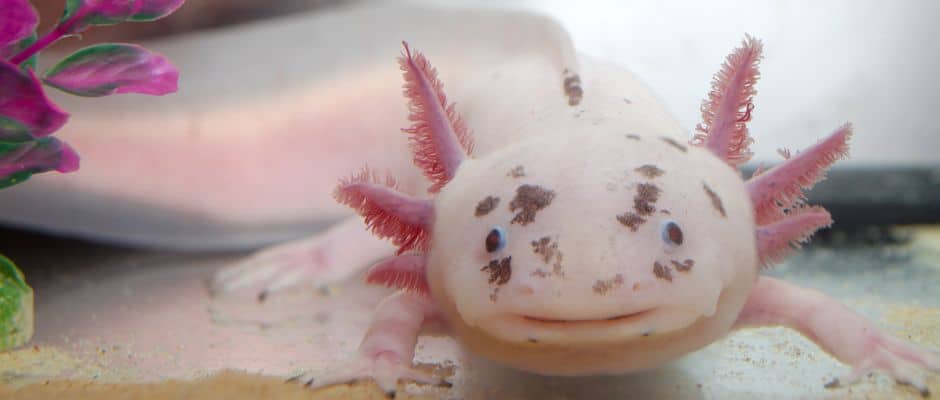
Social Creatures: Axolotls as Community Pets
When it comes to axolotls as community pets, they have a social side with some specific considerations. Selecting compatible tankmates is crucial for their well-being.
It’s important to choose species that share similar temperature and water quality preferences to ensure a harmonious coexistence. Peaceful fish species like small tetras or bottom-dwelling catfish can be suitable companions for axolotls, as they generally get along well.
These companions can add diversity and visual interest to the tank while cohabiting peacefully. However, it’s essential to avoid housing them with species that may nip at the axolotls’ delicate gills or outcompete them for food.
Creating a balanced community requires providing ample hiding spots and observing the behavior of all tank inhabitants to ensure a stress-free environment for the axolotls and their tankmates.
By carefully curating the community, you can enhance the social aspect of axolotl keeping and create an engaging and captivating underwater world.
Legal Considerations: Axolotl Ownership and Conservation
Before welcoming an axolotl into your home, it’s crucial to familiarize yourself with any legal regulations or restrictions in your area. Some countries or states have specific laws governing the ownership and trade of axolotls. Additionally, supporting conservation efforts aimed at protecting the natural habitats of axolotls is vital to ensure their survival in the wild.
Axolotl Fun Facts: Quirky Trivia to Impress Your Friends
- Let’s dive into some intriguing axolotl trivia to amaze your friends at your next gathering:
- Did you know that axolotls can regrow their spinal cord and parts of their brain?
- Axolotls have an exceptional healing factor, which has led scientists to study their regenerative abilities for potential medical breakthroughs.
- These extraordinary creatures come in a variety of colors, including wild-type (brownish), albino (pinkish), leucistic (white with some pigmentation), and various morphs with unique patterns.
- Axolotls are skilled escape artists, so securing their tanks with tight-fitting lids is essential.
Conclusion: Unlocking the Enigma of Axolotls
From their mesmerizing regenerative abilities to their eternal youth, axolotls are truly nature’s marvels. Understanding their natural habitat, nutritional needs, and social behavior is essential for providing them with a thriving environment.
Whether you’re a seasoned axolotl enthusiast or just discovering the wonders of these creatures, they have a way of captivating hearts and inspiring awe. So, embrace the splendor of axolotls, and consider inviting these unique aquatic companions into your life—a journey filled with endless fascination and joy.

